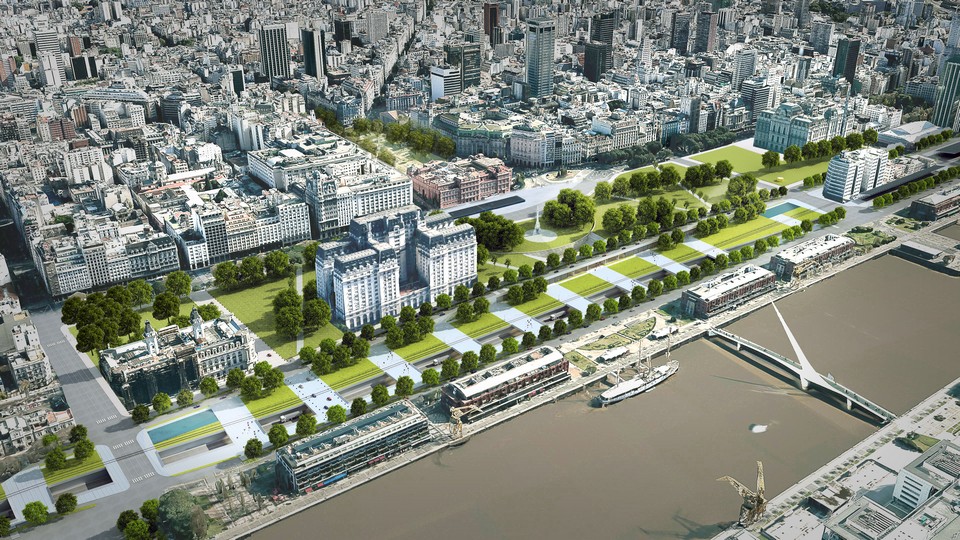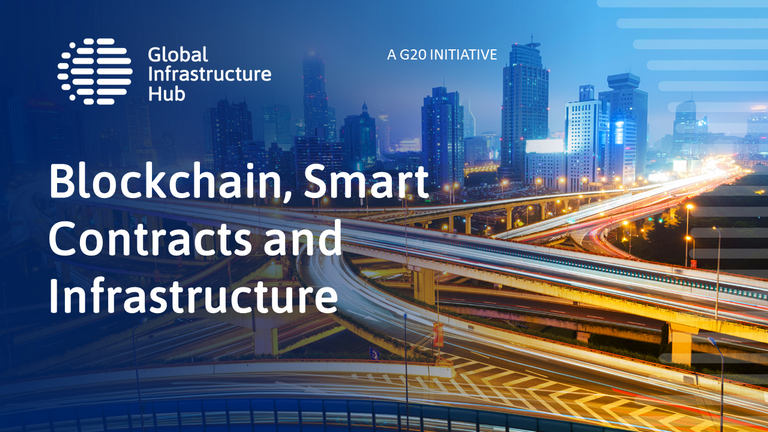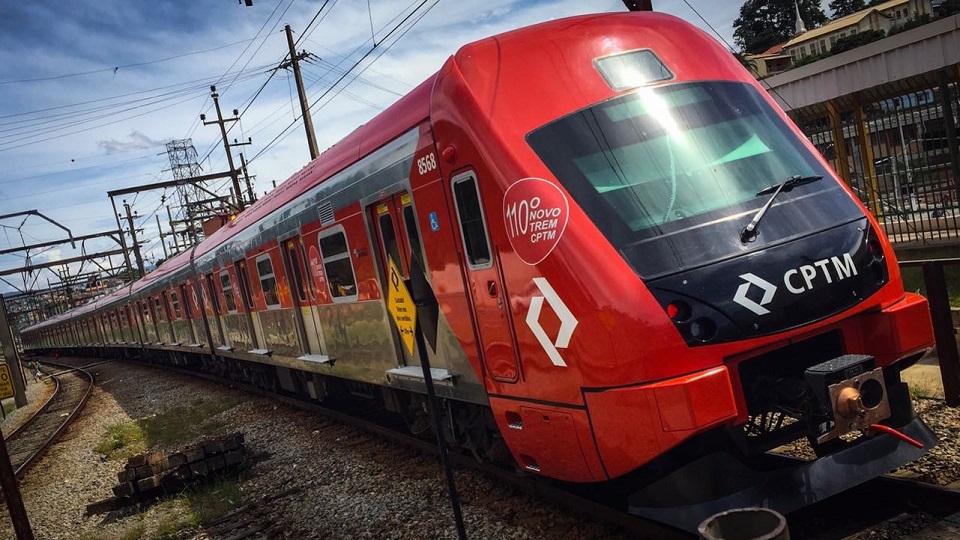928 results found
Featured results



More results
This study looks at the project practice in light of the strategy as declared in the sector paper. The main focus is on the first decade of the urban transport lending program (1972–82).

The data presented in this report show that progress has been achieved in important areas such as legislation, vehicle standards and improving access to post-crash care. This progress has not, however, occurred at a pace fast enough to compensate for the rising population and rapid motorization of transport taking place in many parts of the world.

The Brazilian government sought to diversify its energy mix and planned to add c. 10GW of power from renewable sources to its national grid by 2018
The USD 700 million Paseo del Bajo project is a transformative road corridor project being developed by the City of Buenos Aires (CABA) in Argentina to ease traffic and improve connectivity between the North and South areas of the city.
In the world of infrastructure, technological change presents both a challenge and an opportunity. The challenge arises because of the large capital investments which infrastructure projects normally require and the threat that the infrastructure may become obsolete before the investors – whether they are public or private investors – can fully recover their costs. At the same time, there is an opportunity, namely that by using new technologies, we can deliver infrastructure services to the public in a way that is both more efficient and more effectiv

The interest generated by the role of PPP in the implementation of the Sustainable Development Goals (SDGs) is considerable.


Public Investment Management Assessment (PIMA) is a comprehensive assessment framework developed by the IMF to help countries strengthen public investment management practices.

Welcome to the first edition in a series of updates that the GI Hub will provide in advance of each G20 Infrastructure Working Group (IWG) meeting. As committed to in the GI Hub’s Strategic Plan 2019-22, and in response to requests made by members of the IWG, these updates will provide both a description of activities undertaken since the last IWG meeting and a preview of upcoming initiatives. For each of the GI Hub products discussed in the update, we will identify the relationship between the product and the workstreams in the IWG Terms of Reference. We hope that you will find these updates informative and, of course, we welcome any questions or feedback.

The IMF's Public Investment Management Assessment (PIMA) framework helps countries evaluate the strength of their PIM practices.



The paper looks at the consequences of Technological disruption in construction for infrastructure-investment managers.


For the second year the conference gathered Brazilians and foreign professionals from the infrastructure public and private sector. The conference focused on the role of privatisation of infrastructure assets, PPPs and Concessions for the next wave of Brazilian infrastructure projects as part of the 20 year infrastructure program 2018 to 2038.
Brazil has become the largest market for public-private partnerships (PPPs) in Latin America, having invested around USD $386 billion in infrastructure from 1990 to 2017

The exercise is part of an annual ranking of the PPP context across countries undertaken by the World Bank group.
In Buenos Aires on 23 March, the G20 Finance Ministers announced that infrastructure would remain a priority for at least the next three years—a very welcome announcement for those in the private sector who have long called for greater global coordination of efforts in this area.
Over the last decade, much has been written about globalisation and how we’re more connected than ever before. In the infrastructure world, we think of connectivity as the “linkages of communities, economies and nations through transport, communications, energy, and water networks across a number of countries” .








 Blockchain presentation
Blockchain presentation








